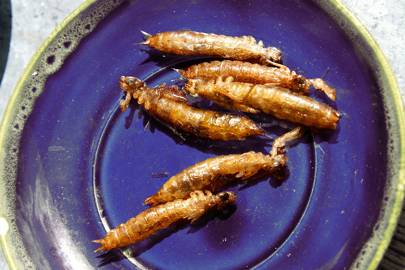We all stood outside at one point or another and had tiny flying insects like mosquitos that kept flying around our face or ears no matter how many times we slapped them away. Small flying insects have incredible agility that allows them to avoid hands and other obstacles while flying through the air. MIT Assistant Professor Kevin Yufeng Chen has designed a new flying robot system that approximates the mobility of insects in the air.
Chen works in the electrical and computer science departments and the electronics research laboratory. He develops insect-sized drones with incredible dexterity and resilience. The flying robots are powered by a novel soft actuator that enables them to withstand the bumps and bruises that come with real flight. Chen foresees a future where the small and nimble flying machines could help people with tasks like pollinating plants or inspecting machines in confined spaces.
Most flying drones have to be used outdoors due to their lack of maneuverability, so they cannot navigate in tight spaces. They also lack the robustness required to survive collisions with other objects. Building small drones requires fundamentally different processes than larger drones. Motors typically power large drones, but these motors are inefficient when scaled down to the sizes required for smaller drones.
Chen and his team designed a more resilient small drone with soft actuators instead of the hard and fragile units used in other flying machines. The soft actuators used consist of thin rubber cylinders coated with carbon nanotubes. When a voltage is applied to the carbon nanotubes, an electrostatic force is generated which compresses and elongates the blanket cylinder. When this voltage is applied repeatedly, the drone wings flap rapidly.
According to Chen, the actuators can flutter nearly 500 times per second, giving the tiny drone the resilience of an insect and allowing it to bump into objects, recover, and continue flying. The drone weighs only 0.6 grams, which is about the size of a large bumblebee. It looks like a small cassette with wings, but the team is working on a new design in the shape of a dragonfly.








